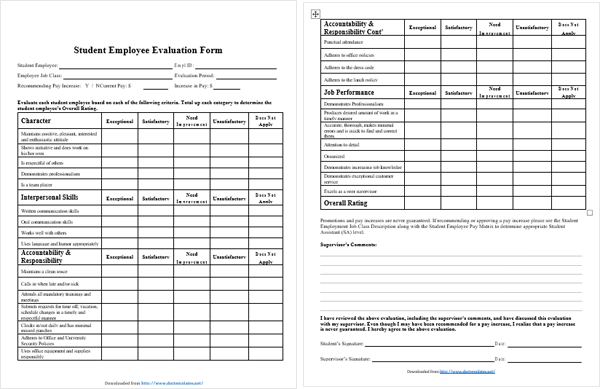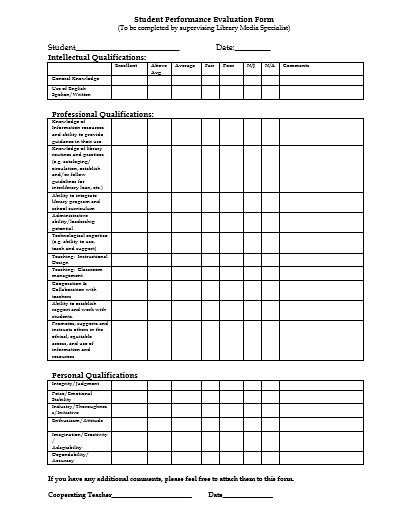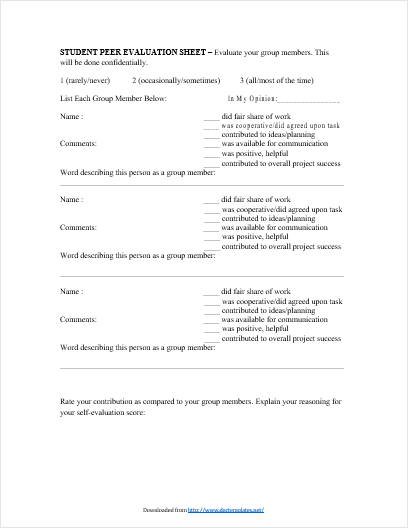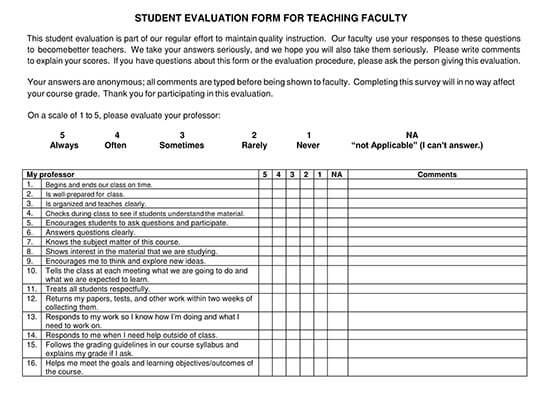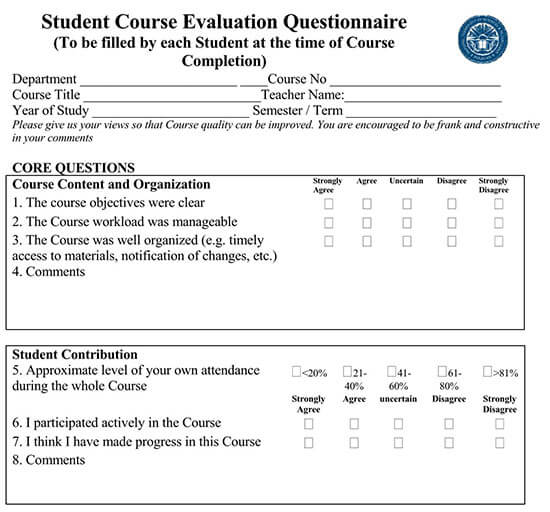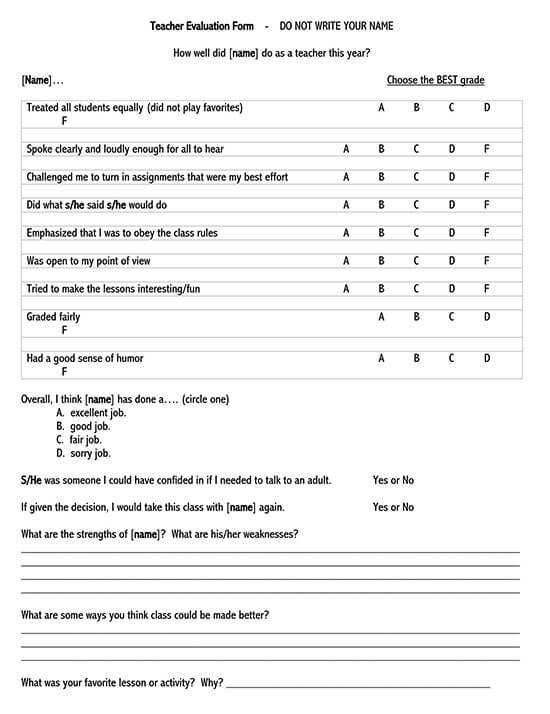Student evaluation refers to an assessment by learners of a service provided by a particular institution. This can either be classroom experience or all the aspects of the learning experience. It can also be referred to as an assessment of the student’s learning. Therefore, evaluation has a vital role when it comes to student learning, as it helps enhance their ability to learn and acquire excellent performance.
The Four Different Approaches used in Student Evaluation
There have always been many questions on the right approaches to apply to achieve the best result during student evaluation. While many of the approaches used may not have the right results, these four techniques are well known in delivering the perfect outcome:
1. Change Weighing Scale
When it comes to calculating the final grade for a report card, most teachers usually use the student assignments, quizzes, tests, and exams collected over that semester. Each of these assignments holds particular weight in the overall grade of the learner. The exam results might only be worth 50% of the whole grade, while the daily assignments will account for 20%. For learners with instructional modifications and accommodations, tutors will have to adjust the assessment activity’s benefits or weight.
2. Make use of Informal Observation
Observing learners throughout the school day will give you important insight into the student’s learning progress and needs. Collecting data through checklists, notes, and audios will help the teacher track the learner’s strengths and weaknesses. Moreover, informal observations assist in alerting the tutor on issues and information that one may not provide on a written test.
3. Give Room for Self Assessment
Give your students a chance to assess their learning to reflect on their personal progress. This way, they will get a chance to identify their weakness in knowledge and skills, set realistic goals, and revise their work. This process is essential as it keeps learners interested and motivated in their learning.
4. Offer Multiple Test Formats
Tests should not be limited to pencil or paper formats. Learners with written output problems can be provided with an oral-response test. Therefore, teachers should use long answers, multiple-choice, short answers, charts, diagrams, and any other graphic organizers to have the students answer questions about the material.
How to Write a Student Evaluation Report
It’s vital to ensure you write a student evaluation letter to your student to outline the progress they have managed to achieve. The letter has to include an introduction to explaining the reasons for the evaluation. It should also describe the work on which the evaluation is based.
This should be followed by congratulating the learner on his or her accomplishments achieved during the term. This might include outstanding coursework, exam score, or even presentations.
Make a clear and detailed statement on the learner’s progress thus far, especially in a particular program. The learner has to see what he or she has managed to achieve and what he or she should work on. Therefore, this means you should also include the shortcoming in the report, followed by the suggestions.
Remind your student that if they disagree with the evaluation, the student should feel free to have an open discussion with an alternative party. Ensure you also provide the details on who the student should reach out to and how, especially if the evaluation is likely to cause controversy.
Close the report with information on all the learner’s actions pertaining to the work, your future expectations, and some words of encouragement and positive remarks.
Free Evaluation Forms
The importance of Student Evaluation
Student evaluation has a significant role in the performance of students and the learning institution in general. This, therefore, means that it has a lot of benefits which includes:
Student evaluation helps in improvement
- The evaluation offers an opportunity for the academic community to effectively engage in self-reflection regarding its learning goals to determine the extent to which the goals correspond to the societal and students’ needs. It helps evaluate if the learner’s activities, performance, and products coincide with the academic society’s expectations.
- It also provides the students with skills, knowledge, and other attributes that they should possess after completing their course.
- Student evaluation offers better ways of understanding student learning dimensions when looking out for ways of improving their achievement and educational progress.
The Evaluation is also Needed for Accountability
- Student evaluation helps in external focus by providing;
- Evidence of the student achievement to state legislators as well as other stakeholders within the education field.
There are many ways teachers can carry out student’s evaluation during a school year. However, you have to make sure you understand the results you intend to achieve. It is also important to note that not every student evaluation approach might work with your students. In such a situation, it’s essential you try and customize the approach to suits your learners.
